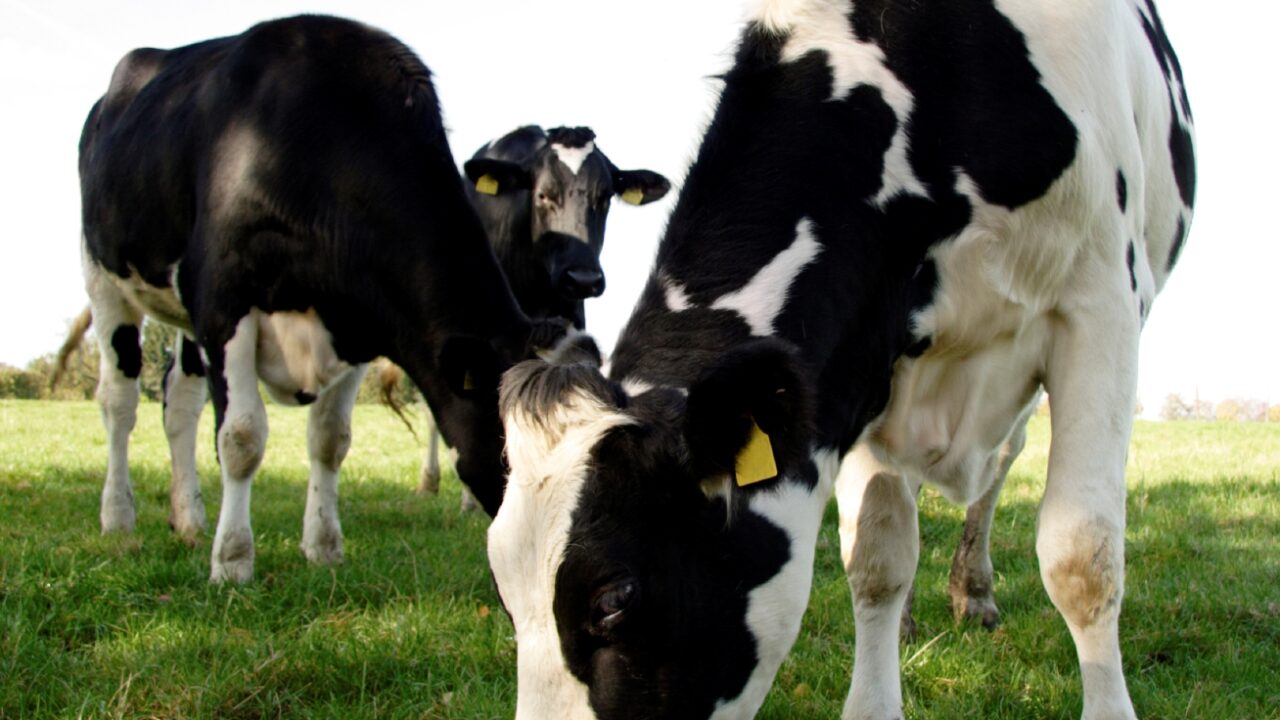As the 2025 breeding season wraps up, many farmers will be eager to pinpoint which cows are in calf and which are not, culling any empties.
Based on a 283-day gestation period, a cow that is served on July 1 would have an expected calving date of April 10, 2026, which is when most farmers ideally want to finish calving.
According to Teagasc, scanning can take place between 30-70 days after the last cow has been served on the farm.
Delayed scanning beyond 12 weeks or more can lead to issues identifying the exact stage of pregnancy or if the cow is carrying twins.
So as many farmers begin testing, they should be asking themselves which suits their system better – scanning or milk pregnancy testing?
Milk pregnancy testing
Milk pregnancy testing has grown in popularity across the country over the last couple of years, as it presents as a quick and simple way to determine if a cow is in calf.
Milk pregnancy testing detects glycoproteins (PAGs) protein changes in milk, which are specific to pregnancy in cattle.
This method allows farmers to check if a cow is in calf by taking individual samples or even through routine milk recording.
Milk pregnancy testing removes any unnecessary stress from the cows, which can be harmful to the foetus.
There is three varieties of the test;
- Early test: can be done 28 days post artificial insemination (AI), allowing farmers re-inseminate again quickly.
- Confirmation test: Carried out after 70-110 days post insemination, detects embryonic death which occurs in 10-12% of cows 25-60 days post AI.
- Pre-dry off test: Helps to avoid drying off a non-pregnant cow in anticipation of calving, which saves treatment costs and sets aside cull cows.
The accuracy of the milk pregnancy test from day 28 post-AI is estimated to be 98.7%.
Milk pregnancy test kits are costing on average €4 for the 2025 season.
Scanning
Scanners give farmers an estimate of the number of weeks that each cow has gone in calf, which in turn can predict the cows’ due date.
However, after 12 weeks, scanning becomes unreliable with identifying the pregnancy stage.
The advantage of scanning over milk pregnancy testing is the fact of predicting the calving date, making it easier for farmers to adjust diets to suit energy levels.
Scanning costs can vary largely, especially with number of animals being scanned, however averages for 2025 are around €5/cow plus a call out charge.
Scanning can be a stress free solution as well as milk pregnancy testing if done calmly and correctly.
The two methods have both have their benefits, with many farmers opting to carry out both to ensure accuracy.
At least one form of testing is advised as each day that a cow is empty can cost between €3.70-€6.10.

